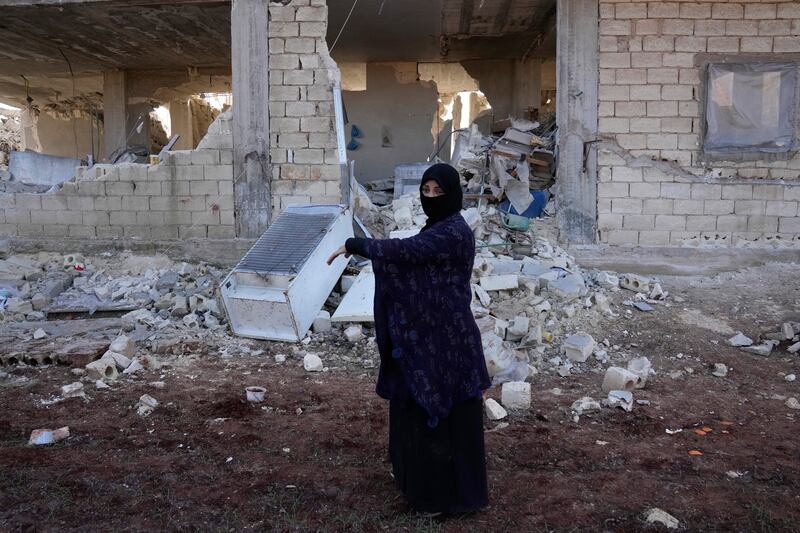The situation in northwest Syria in the aftermath of this month’s massive earthquake has been described as “a crisis within a crisis within a crisis” by an Irish aid worker in the region.
The February 6th quake and major aftershocks have led to the deaths of more than 37,000 people in southern Turkey and northwest Syria, according to official tallies, which are expected to rise far higher as time goes by.
Jennifer Higgins, Syria policy and advocacy coordinator with the International Rescue Committee, said reports from aid workers on the ground were “really devastating”.
Ms Higgins, who is from Dublin but currently working from Amman in Jordan, said the affected region had been grappling with the ongoing impact of the Syrian civil war and a serious cholera outbreak.
READ MORE
“There is a lack of water, not only from damage to infrastructure from the conflict but also from climate change. There is a very big water scarcity problem,” she told The Irish Times.
Ms Higgins said “huge numbers” have been left homeless in Syria at a time when temperatures are dropping to freezing at night.

“What we’ve been hearing is people are trying to stay with relatives where they can, but also going to structures like mosques, schools - structures that seem to have not been as affected,” she said, adding that the area affected by the earthquake has been on the “frontline” of the more than decade-long civil war in Syria.
Dire situation
“We have to remember it was in a dire humanitarian situation anyway…Now what we’re looking at is a crisis within a crisis within a crisis.”
She said the number of casualties has been “overwhelming” already stretched hospitals, which were reporting shortages of basic materials such as medicine, bandages and painkillers.
The search and rescue efforts in Syria did not have the same manpower or access to heavy machinery to clear rubble as that in Turkey, she said, meaning it would be some time before the full scale of the death toll from the earthquake was known.
Aid agencies had also largely been responding to the immediate crisis in urban areas. “We can imagine that we’re only going to see the numbers grow as we start to get to more rural areas,” she said.
“Both in Turkey and Syria I think they are going to be dealing with the impact of this for so long, the scale of it is already huge and I think what we have been seeing so far is just the start.”
Lack of access
Ms Higgins said the main challenge was the lack of access points to bring humanitarian aid into the area, which was controlled by non-government forces.
“Even before this humanitarian access was really constrained in northwest Syria and most of the aid comes in via a few crossing points with Turkey,” she said.
In the immediate aftermath of the earthquake logistical challenges meant there was a delay in getting goods and aid into the area. “We’ve already been talking for so long about how vital having access to this area is, in order to meet the scale of the assistance [needed]. This is only greater now that we have the earthquake as well,” she said.
The White Helmets, who have been leading search and rescue operations in northwest of Syria, said searches for survivors beneath the rubble were due to end shortly, as the hopes of finding further people alive had faded.












